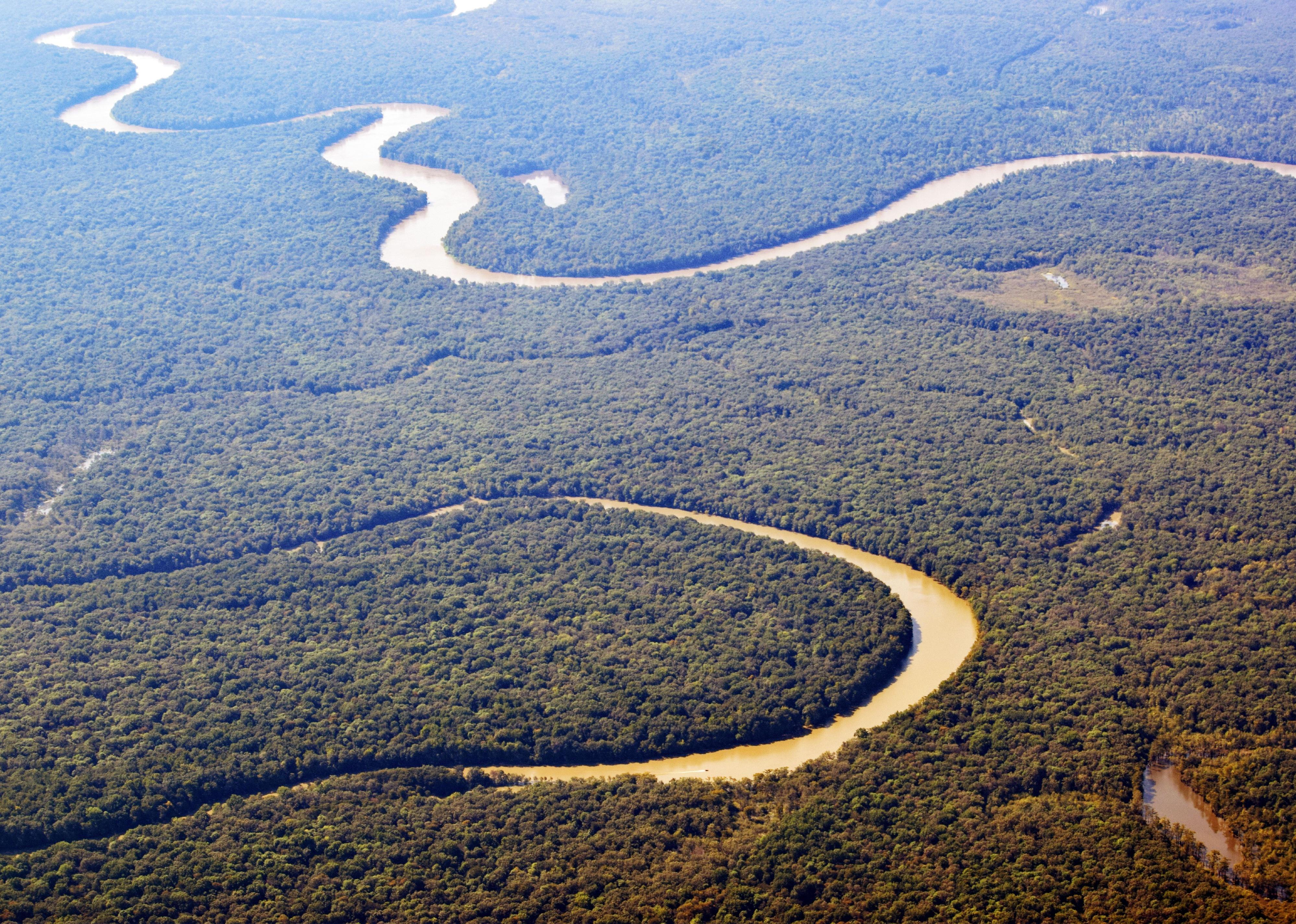
Ecosystem imbalance in the Mississippi National River and Recreation Area: How climate change has affected Mississippi
Ecosystem imbalance in the Mississippi National River and Recreation Area: How climate change has affected Mississippi
The latest United Nations Intergovernmental Panel on Climate Change (IPCC) report is yet another reminder of the dire effects of climate change. While climate projections often look to the future when discussing the worst impacts of climate change, we are in fact already experiencing its effects across the United States. To better understand how climate change is impacting the country, Stacker compiled a list of the impacts of climate change in every state, using local and national news stories, government reports, and scientific journal articles.
While these impacts are weather-related—for example, heat waves, droughts, or storms—individual weather events cannot be attributed to climate change on their own. Rather, it is when these events are seen within larger trends that they can be understood as part of a pattern that has come out of the changing climate.
Keep reading to learn about how your state has been impacted by climate change, or read the national story here.
Mississippi: Ecosystem imbalance in the Mississippi National River and Recreation Area
Like most places, the Mississippi National River and Recreation Area is also being impacted by climate, with rising temperatures and roughly 20% more precipitation. This has an important impact on the wildlife, as warmer temperatures make it easier for pests like mosquitos and deer ticks to survive the winter. Native species may not be able to withstand the new temperatures. Instead, they could get pushed out by non-native species moving northward to escape the heat, such as the white-footed mouse and Virginia opossum.
Across the country, there are trends of rising temperatures, storms of increasing frequency and severity, and more erratic precipitation patterns, causing disruptions to the food systems and sometimes even resulting in death. While the U.S. government has set a target to reduce greenhouse gas emissions by at least 50% by 2030, it is clear that the climate emergency is already taking place, and along with emissions reductions, mitigation of the impacts of climate change must be prioritized as well.
Read below to see how other states in your region have been affected by climate change.
Louisiana: Climate migration
According to The Hill, Louisiana is the third most vulnerable state to climate change. The state has experienced numerous destructive hurricanes, including Hurricane Katrina in 2005 and Hurricane Ida in the summer of 2021. Disasters like these are prompting people to migrate out of the state, either because their homes have been destroyed or because they are worried about the next disaster. The outsize impact that climate change has in Louisiana has led Democratic Gov. John Bel Edwards to enter Louisiana into Race to Zero, a United Nations climate change initiative. "No state in our country is more adversely impacted by climate change than Louisiana—in just the last year alone we've experienced major hurricanes, flash flooding and a severe winter storm," Edwards said. "But at the same time, no state is better positioned to be a leader in reducing carbon emissions and bolstering coastal resiliency."
Tennessee: Flash floods
In August 2021, parts of Tennessee were hit by record-breaking amounts of rainfall that caused unexpected flash flooding, killing at least 21 people. In less than 24 hours, 17 inches of rain fell in Humphreys County. While a single weather event alone can't be definitively attributed to climate change, a federal study found that climate change doubles the chances of these types of heavy downpours taking place.



